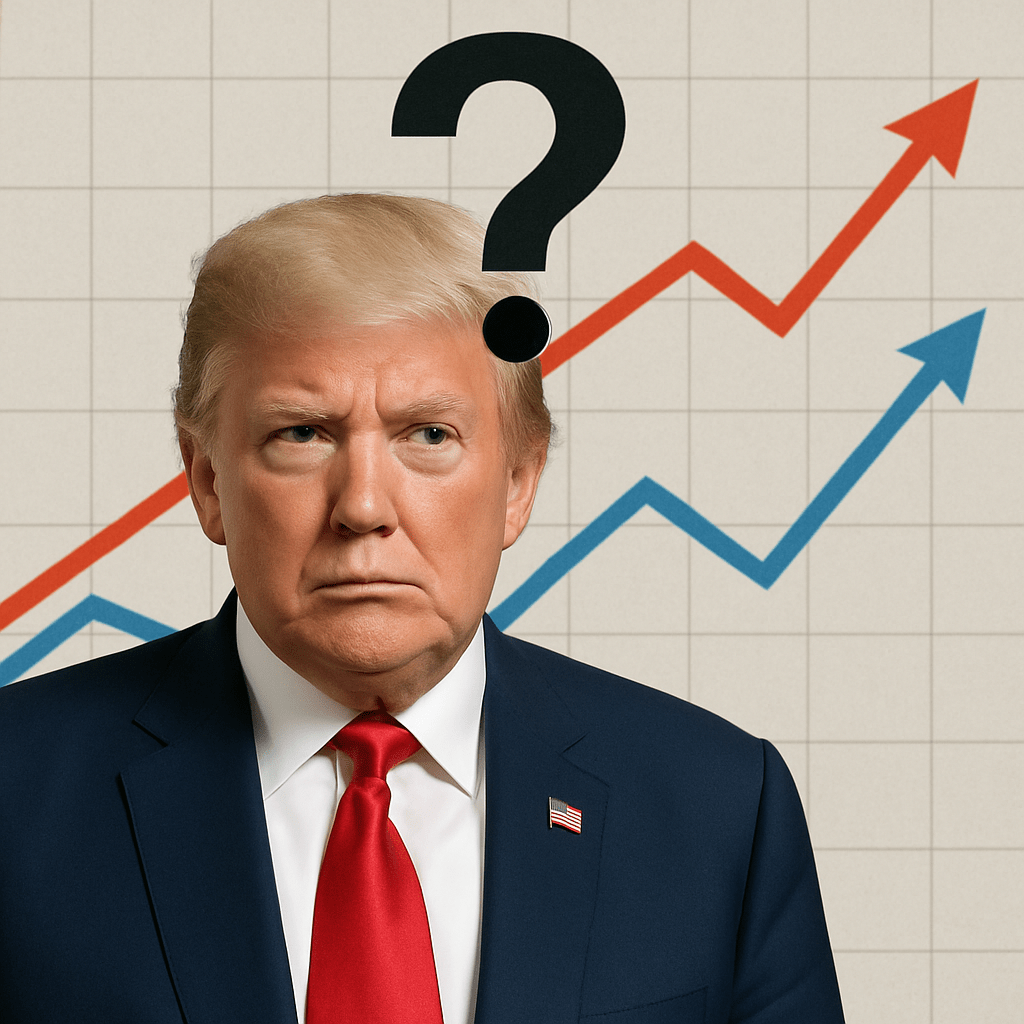A clear-eyed look at whether Trump’s tariffs fulfilled their promises—or left America footing the bill
Donald Trump’s Tariffs Impact Analysis
In 2025, former President Donald Trump reignited a central theme of his previous presidency: tariffs. Aimed at reducing the U.S. trade deficit, rejuvenating domestic manufacturing, and generating revenue, these new tariffs were implemented with sweeping authority. But the million-dollar question is—did they work?
This detailed article evaluates Donald Trump’s tariffs impact analysis using real-world data, expert opinions, and on-the-ground examples. With fresh statistics on GDP, inflation, manufacturing, and purchasing power, we’ll explore the full economic, political, and social ripple effects of these protectionist policies.
Understanding the Rationale Behind Trump’s Tariffs
Tariffs, essentially taxes on imported goods, have long been controversial. President Trump defended their use as a strategy to:
- Slash the U.S. trade deficit
- Encourage domestic production by leveling the playing field
- Raise federal revenue without raising taxes on Americans
Each of these goals reflects legitimate economic challenges. The U.S. has long run trade deficits with countries like China and Mexico, hollowed-out factory towns in the Midwest, and budget deficits demanding new revenue streams. But whether tariffs are the right tool remains up for debate.
Economic Impacts: The Data Behind the Debate
GDP Growth Slows Amid Rising Costs
Fresh analysis from Yale Budget Lab estimates that tariffs reduced GDP growth by nearly 0.9 percentage points in 2025 alone. Wharton’s Penn Wharton Budget Model went further, projecting long-run GDP could fall by 6%, leading to wage losses of 5% and a $22,000 lifetime income reduction for the typical American household.
What does this mean? Tariffs may help some industries, but they weigh heavily on the broader economy. While some factories saw marginal protection, the ripple effects on consumers, retailers, and exporters made GDP growth less impressive than anticipated.
Inflation Rises, Purchasing Power Shrinks
Tariffs contributed directly to price hikes. According to the Washington Post and Yale data:
- Household purchasing power dropped by $2,100–$3,800
- Clothing prices rose 37%, leather goods 39%
- New car prices jumped about 12%
For working-class families, this was a gut punch. Every grocery run, school supply purchase, or car repair cost more. And unlike income taxes, these costs weren’t progressive—they hit everyone, rich or poor.
Manufacturing Gains Were Modest—And Uneven
A cornerstone of Trump’s pitch was to boost American manufacturing. In some sectors, especially steel and aluminum, jobs ticked upward. But downstream industries—like automotive and electronics—faced higher input costs.
Goldman Sachs analysis revealed:
- 100,000 jobs gained in protected sectors
- 500,000 lost in industries reliant on imports
- Net loss: ~400,000 jobs
What we saw was not a manufacturing renaissance but a redistribution—and in some cases, destruction—of jobs.
Trade Deficits Didn’t Shrink—They Grew
Ironically, the trade deficit didn’t shrink. It actually widened as retaliation from trading partners like China and the EU choked U.S. exports, even while imports continued—just from different countries.
Economists note that trade deficits are more about saving and investment imbalances than tariffs. Simply taxing imports doesn’t address deeper issues like consumer debt, government borrowing, or corporate offshoring.
Government Revenue: A Temporary Boost
The Tax Foundation estimated that tariffs brought in $165 billion in federal revenue. However, when considering the $366 billion in lost growth, it’s clear the policy may have cost more than it generated. Think of it like buying a dollar by spending two.
Political and Social Impacts
A Divided Nation Reacts To Tariffs
Tariffs polarized public opinion. Trump supporters viewed them as a patriotic stand against economic exploitation. Critics called them an inflation bomb and a burden on the middle class.
Polling data and media coverage show a deep partisan divide:
- Republicans: Strongly support tariffs as protectionist policy
- Democrats/Independents: View them as harmful to consumer interests
Interestingly, many local communities reported resilience—shoppers in Cincinnati, for instance, still filled stores. But that calm hid a storm of higher prices and stagnant wages.
Global Trust and Strategic Credibility
Another major concern was strategic unpredictability. Trump used emergency powers to launch sweeping tariffs, bypassing Congressional input. This sent shockwaves through global markets.
The result?
- $6.6 trillion evaporated from global equity markets in April 2025
- Allies questioned U.S. reliability
- Businesses halted long-term planning
Tariffs without a clear, stable framework undermined confidence both at home and abroad.
Long-Term Consequences Of Tariffs
Let’s summarize:
| Objective | Outcome |
|---|---|
| Reduce Trade Deficit | Failed – Deficit grew |
| Boost Manufacturing | Mixed – Some gains, more losses |
| Raise Revenue | Short-Term Win, Long-Term Loss |
| Protect Households | Failed – Inflation surged |
| Strengthen Economy | Failed – GDP and wages down |
While politically powerful in the short term, tariffs may ultimately weaken the very economy they were meant to protect.
Donald Trump’s Tariffs Impact Analysis
At the end of the day, the effectiveness depends on your metric. If the goal was symbolic defiance and short-term political gain, they succeeded. If the aim was economic rejuvenation, stronger exports, and consumer relief—they largely fell short.
The Trump tariff saga is a cautionary tale about quick fixes in complex systems. Global trade isn’t just a scoreboard of imports and exports. It’s a living, evolving network that reacts to disruption—and, often, retaliates.
Frequently Asked Questions
His objectives were to reduce the trade deficit, boost domestic manufacturing, and raise government revenue without direct taxation.
No. In fact, the trade deficit widened due to import redirection and retaliation from other nations.
They caused significant inflation, especially in clothing, footwear, and automobiles—hurting household budgets across the board.
Some industries saw short-term protection and marginal job gains, but these were outweighed by losses in other sectors and overall economic slowdown.
They polarized the nation. While many Trump supporters backed the tariffs, others—especially economists—viewed them as harmful and ineffective.
That depends on political outcomes. There’s growing interest from both parties in selective protectionism, but broad tariffs may face rollback due to public pressure and global pushback.



